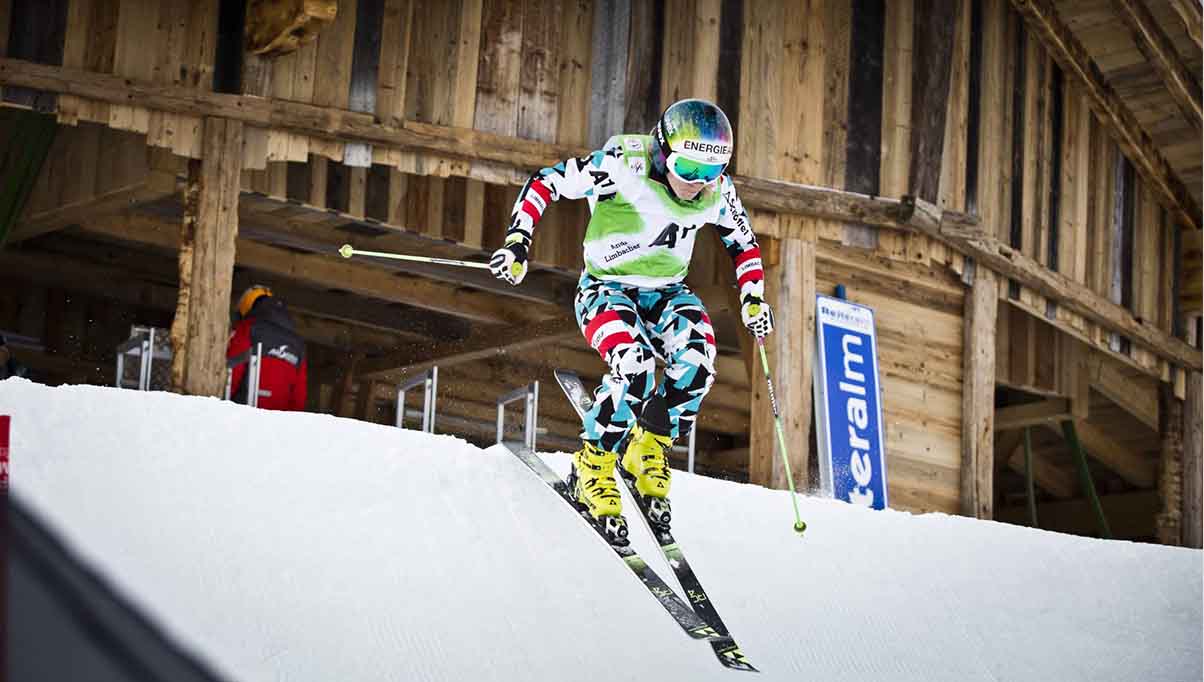Elbow tendonitis, more commonly known as Tennis elbow or Golfer’s elbow, is the most frequent injury due to how repetitively the elbow it is used in sports, work or daily chores, no one is immune to the issue.
Tendonitis occurs when a particular tendon is overstrained, most often due to repetitive motions, excessive force put on the joint or overextension of the tendon.
Elbow Tendonitis Symptoms
If you notice yourself suffering from any of the below, start treating it early to avoid more pain in the long-term.
The most common symptoms are:
- Sore forearms
- A tenderness on the elbow, particularly on the inside, outside or both
- Stiffness and aching in the elbow joint
- Pain in the elbow and/or forearm whenever you grip or squeeze the hand
How to treat elbow tendonitis
While tendonitis generally goes away by itself, it can take weeks, months or even years in some cases. Taking simple steps to treat and manage the issue when it affects you is the best way to ensure a healthy and pain-free elbow joint.
RICE
The R.I.C.E. principle is the foundation of all muscle recovery, and in tendonitis rest is the most critical of them all.
Avoid lifting, pushing, pulling or gripping where possible to rest the arm. Icing the affected area on and off for 20 minutes at a time can help, but doesn’t often fix the issue alone.
Compressing with an elbow sleeve or strap is great for relieving pain and speeding up recovery.
Targeted exercise
This is mainly preventative, but helpful if you’ve had it in the past and notice early symptoms. Here’s a few exercises that help to strengthen the muscles and protect your tendons.
- Fist Clench: Resting your arm on a table, squeeze a towel repeatedly to improve grip strength.
- Wrist extension: While seated, with your elbow resting on your knee, hold your hand palm down and with a small weight in the hand, bend the wrist up and down.
- Towel twist: With a towel rolled up, one hand on each end, twist it like you’re wringing it out, going one way then the other.
- Wrist flexion: Much like the wrist extension, but with your palm facing up and bringing the weight towards your body.

Wearing a strap or sleeve
While resting is a great way to recover the tendon, it’s not always viable to avoid any use of the elbow for extended periods of time.
Wearing a strap or brace helps to take pressure off the joint and alleviate the pain, while also acting as a preventative of further damage.
Bauerfeind have both the EpiPoint Strap and the EpiTrain Brace available. Utilising advanced German engineering, these supports are clinically proven to be effective in the recovery and prevention of elbow tendonitis.
Not sure of the best brace for your injury? Check out our: Definitive Guide to Elbow Braces.
Medication
The use of over the counter anti-inflammatories can help to alleviate the pain associated with elbow tendonitis, but should be used sparingly and in conjunction with stretching and/or bracing.
In more serious cases, your doctor may prescribe steroidal medication to relieve the pain.
Physiotherapy
In chronic cases of elbow tendonitis or where the pain is more severe, seeing a physiotherapist to undergo clinical treatment of the elbow can result in better long-term recovery.
If you require assistance selecting the right product for your needs, book a video consultation with a Bauerfeind expert: Book Video Call, or call us on 1300 668 466
Do you have private health? Most private health extras will cover Bauerfeind Products, check to see if yours is included. Bauerfeind Private Health Insurance inquiry.
Bauerfeind products are developed at our innovation and manufacturing facility in Zeulenroda, Germany. Based on years of scientific research, our award-winning braces and support garments are highly recommended by medical professionals and athletes worldwide.
















